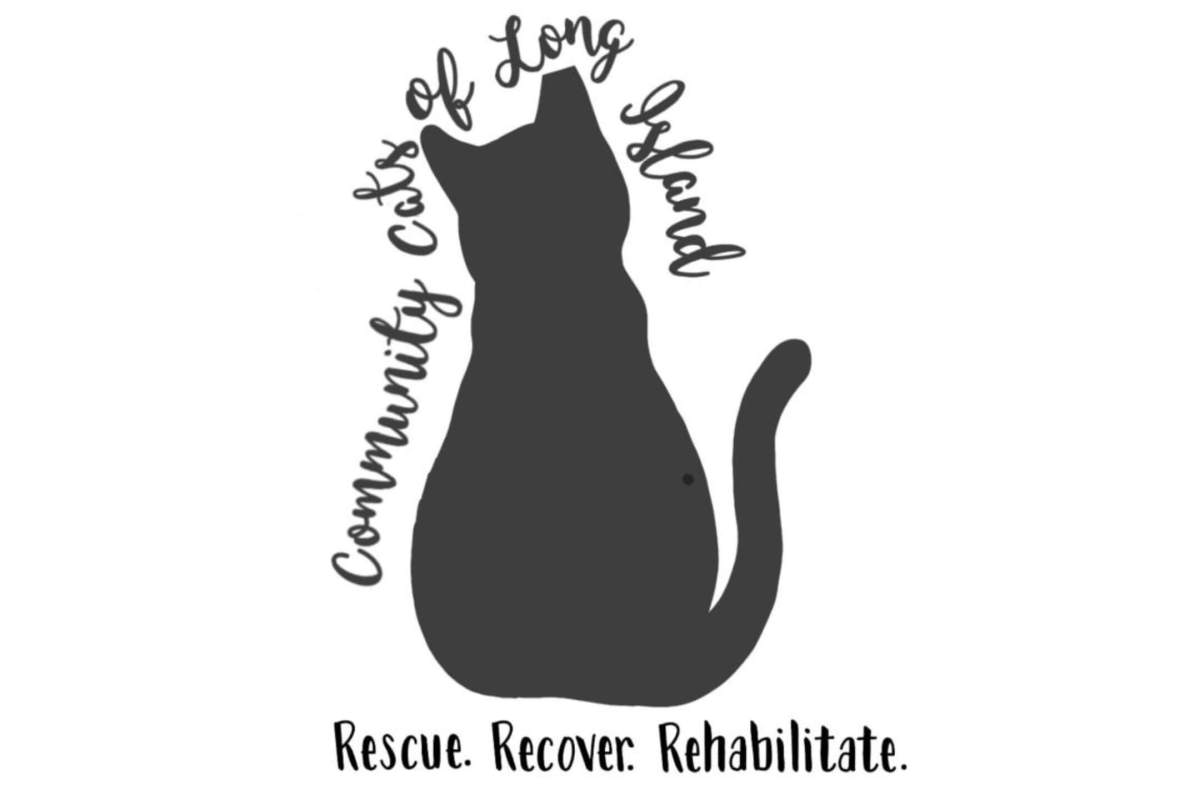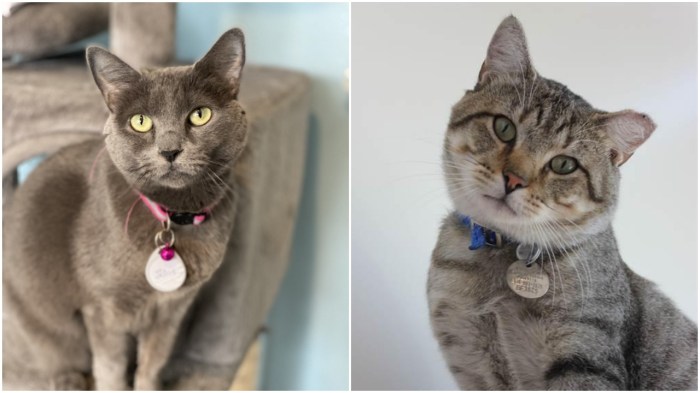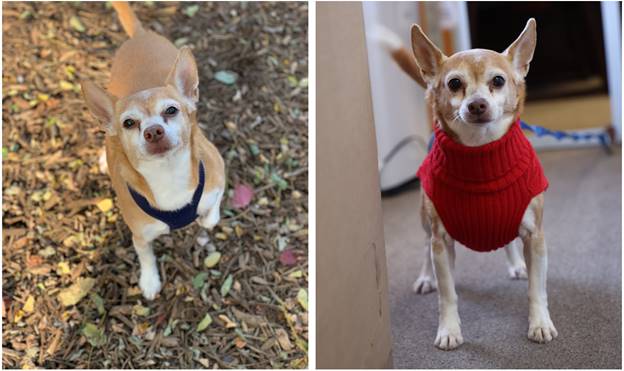Whether you love them or hate them, there’s no denying that Long Island has an influx of feral cats. Ferals have been the subject of debate forever; do they belong outside, should humans feed them, and how do we control the overpopulation?
Stephanie Notarnicola, director of Community Cats of Long Island, is on a mission to help ferals in need. Notarnicola developed an interest in animals when she was just 8, caring for a colony behind her parents’ ice cream shop. She then became active in trap, neuter, release (TNR), assisting volunteers and rescues with trapping, transporting, fostering, and adoption. Throughout her rescue efforts, Notarnicola realized that fixing ferals came with a unique problem: While sick and recovering domesticated animals typically have a safe space to heal, that is not always the case for ferals.
Notarnicola partnered up with Zach Pirrello, Community Cats’ treasurer, who has been in the construction business his whole life, from working with his dad at a young age to more recently working in the shed industry. Together, Notarnicola and Pirrello launched the newly founded 501(c)(3) nonprofit organization, beginning with a small sanctuary for special needs ferals. “We’re currently able to provide sick, injured and/or TNR’d cats with an insulated heated indoor and outdoor area. We provide the very best care, starting with top-quality food, water fountains, and even pheromone diffusers in the indoor areas,” says Notartnicola.
While it’s in its infancy stage, there are big plans ahead for Community Cats. “At this time, one of our main goals is to obtain an onsite recovery space and expand the outdoor area for resident cats. We also hope to get a reliable team together, from trappers to fosters to transporters to people to help fundraise, because the bigger the team, the more cats we can save,” says Notarnicola.
Currently, Community Cats works to completely rehab all cats before they’re returned to a colony. They work with rescuers to find homes for the friendlier cats, but ferals are usually happier outside than in a home. Education is very important when it comes to understanding ferals. Notartnicola explains, “there’s nothing wrong with feeding feral cats, but you must provide proper care and maintenance, including spay/neuter, fresh water, and dry shelter with straw bedding. You cannot be a ‘feeder breeder’…it only hurts the cats in the end. People may not mind a few cats hanging around, but when they’re allowed to populate, neighbors may get aggressive towards them.”
For more information about Community Cats of Long Island including how to foster or donate towards veterinarian bills, you can find them on Facebook and Instagram, or send your inquiries to communitycatsofli@gmail.com.





























